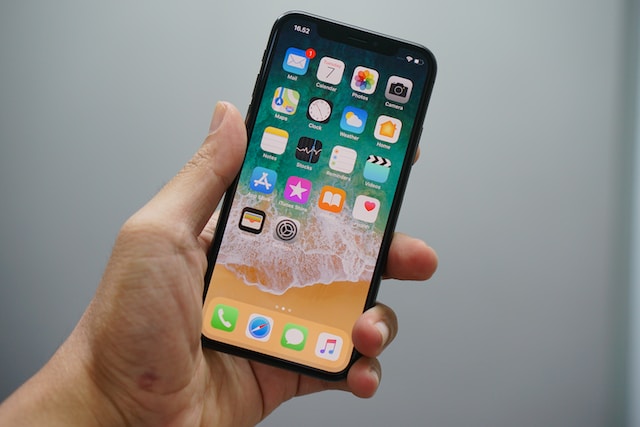As technology evolves, smartphone manufacturers continually explore innovations to enhance performance, and one recent trend that’s sparked interest is the inclusion of RAM Plus or similar features in smartphones. The promise of improved performance through additional RAM might seem enticing, but does it genuinely make a difference? Let’s explore whether RAM Plus truly contributes to enhanced performance in smartphones.
Understanding RAM Plus
RAM Plus, a feature introduced by some smartphone manufacturers, allows a portion of the device’s internal storage to act as virtual RAM, effectively supplementing the physical RAM. This concept aims to provide a temporary boost in available memory, potentially enhancing multitasking and overall performance.
The Promise: Improved Multitasking and Performance
The primary goal of RAM Plus is to enable smoother multitasking and a more responsive user experience. With additional virtual RAM, the device theoretically has more memory available to handle multiple apps simultaneously without significant slowdowns or the need to constantly reload apps.
The Reality: Mixed Results
While the concept of RAM Plus sounds promising, the actual impact on performance varies. In some cases, users might notice a marginal improvement in multitasking, especially when handling several resource-intensive applications simultaneously. However, the extent of this improvement might not be as significant as expected, particularly in day-to-day use.
Limitations and Real-World Application
The efficacy of RAM Plus depends on various factors, such as the smartphone’s hardware, software optimization, and the user’s typical usage patterns. In practice, the benefit of additional virtual RAM might not always be noticeable in routine tasks, as smartphones with sufficient physical RAM often manage multitasking efficiently without the need for extra virtual memory.
Software Optimization and Actual Performance Gains
The impact of RAM Plus also hinges on the efficiency of software optimization. A device with well-optimized software might not significantly benefit from additional virtual RAM, while devices with suboptimal software might experience more noticeable performance improvements.
User Experience and Considerations
For users, the decision to prioritize smartphones with RAM Plus should be weighed against their specific usage patterns. If heavy multitasking or running resource-intensive applications concurrently is a common practice, devices offering additional virtual RAM might slightly enhance the user experience.
While it holds promise for more seamless multitasking, its impact on overall performance might not be as transformative as expected.





